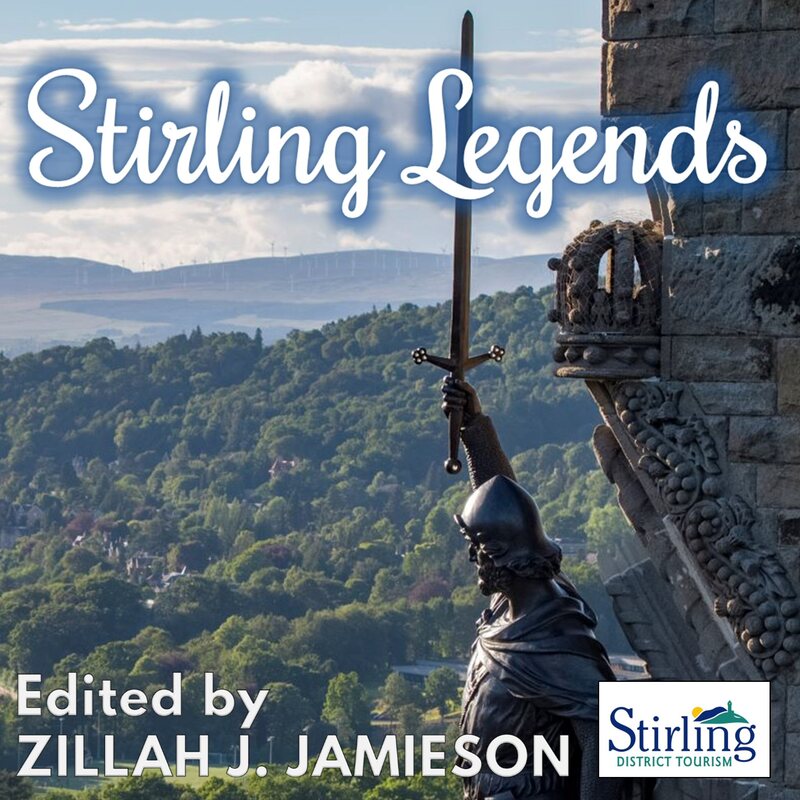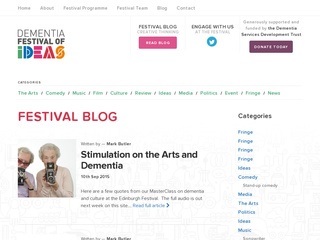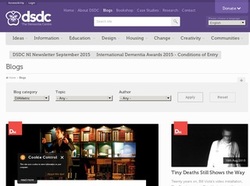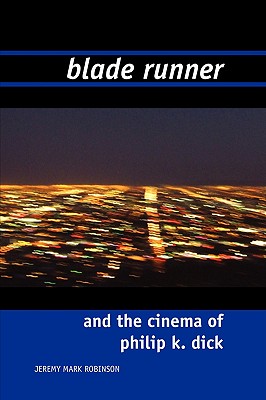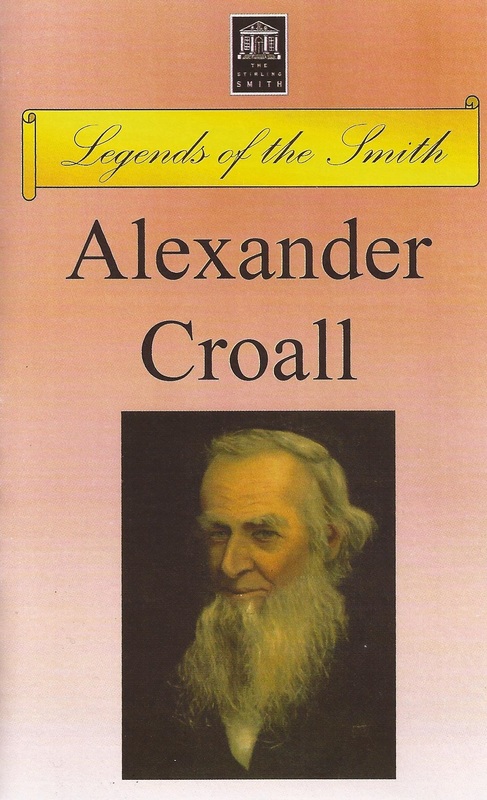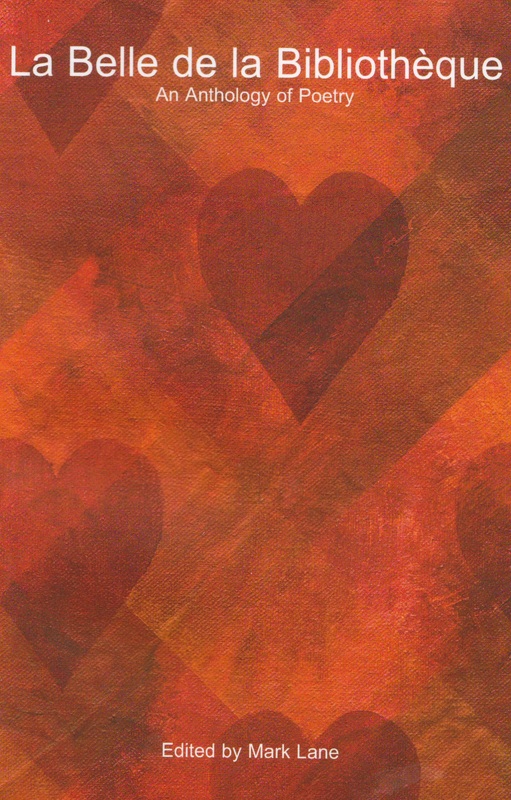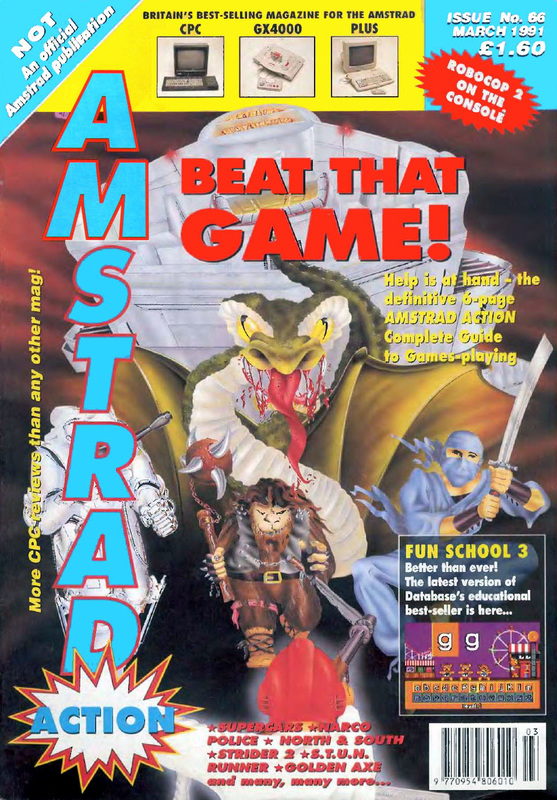Other Writing
|
"The Beheading Stone of Mote Hill", in:
STIRLING LEGENDS Edited by Zillah J. Jamieson Paperback 126 pages Extremis Publishing Published November 2022 ISBN: 978-1-7398543-4-8 Stirling Legends was an anthology of writing about the history and folklore of the Stirling area, uncovering the unique figures and sights which have helped to shape this ancient city's past and present. Developed in collaboration between Extremis Publishing and Stirling District Tourism, it was edited by SDT's chairperson Zillah J. Jamieson. The book contains chapters about various different people and places from around the Stirling area throughout the many centuries, and I was asked to contribute a section about the infamous Beheading Stone which is located on the city's Mote Hill - an historical artefact that has acquired both royal and cultural significance over the centuries. It was a pleasure to work alongside so many other authors from the area, all of whom had a genuine enthusiasm for Stirling and its long and illustrious history. |
|
CONTRIBUTIONS TO HEART 200 WEBSITE
The Official Website of the Heart 200 Route Published by Heart 200 Scot Ltd. Scotland's famous Heart 200 route was formally launched in July 2019 at a special event held at Loch Leven's Larder in Kinross. The route covers roughly 200 miles around Perthshire and Stirlingshire, and takes in some stunning parts of the country as well as many unexpected attractions and activities along the way. I contributed the Route Guide and Film & TV Guide to the Heart 200 website, which highlights some of the amazing things to see and do in this area of Scotland. Anyone planning a road trip to remember will want to check out the unforgettable Heart 200 experience soon! The Official Heart 200 Website can be found at https://www.heart200.scot/ |
|
DEMENTIA FESTIVAL OF IDEAS BLOG
Edited by Mark Butler Hosted by the Dementia Services Development Centre, University of Stirling Throughout 2015, the Dementia Services Development Centre based at the University of Stirling commemorated its 25th anniversary with the Dementia Festival of Ideas, a year-long series of events which has been exploring the subject of dementia through masterclasses, ideas labs, symposia, and many other avenues of discussion and analysis. As part of this international Festival, I developed and contributed original digital content which featured on the website as part of director/editor Mark Butler's overarching examination of dementia issues in the arts, media and culture. The Dementia Festival of Ideas Blog can be found at festivalofideas.org.uk/blog. |
|
DIAMETRIC BLOG
Edited by Mark Butler Hosted by the Dementia Services Development Centre, University of Stirling Between 2014 and 2015 I was a contributor to DIAMetric, a blog hosted by the Dementia Services Development Centre at Stirling University which explores different aspects of dementia in the arts and media. Edited by Mark Butler, Director of The People Organisation and Director of Development at the DSDC, the DIAMetric blog was set up to provide commentary on the treatment of dementia-related subject matter across the world in various different areas of artistic expression, covering topics in current affairs, culture and society, cinema, television, literature, music, computer games and other media nodes. DIAMetric can be found at dementia.stir.ac.uk/blogs. |
|
"A Scanner Darkly", in:
BLADE RUNNER AND THE CINEMA OF PHILIP K. DICK Edited by Jeremy Mark Robinson Paperback 196 pages Crescent Moon Publishing First Edition Published June 2008 Second Edition Published March 2011 First Edition ISBN-13: 978-1861712578 Second Edition ISBN-13: 978-1861713117 This book contains an anthology of essays which examine the film adaptations of Philip K. Dick's fiction. It concentrates on detailed examinations of films such as Blade Runner, Total Recall, Minority Report, and includes discussion of other adaptations such as Next and Paycheck. One of the chapters of my book about the director Richard Linklater focuses on A Scanner Darkly, his ambitious adaptation of Philip K. Dick's complex novel of the same name. Crescent Moon Publishing contacted me to ask if I would like to be involved in this collection, and I was only too happy to oblige. The essay that is included in this anthology ('A Scanner Darkly') is an expanded version of the chapter which appears in the Linklater book, and examines the themes that are common to the original novel as well as the adaptation. It also considers the effectiveness of Linklater's artistry in undertaking the problematic task of adapting such a notoriously multifaceted text for the cinema. Jeremy Mark Robinson is the author of a great many critical studies, his prolific output having covered film-makers, authors, artists, dramatists and several other disciplines. His books include The Sacred Cinema of Andrei Tarkovski (2007), Thomas Hardy and John Cowper Powys: Wessex Revisited (2008), Jean-Luc Godard: The Passion of Cinema (2008), J.R.R. Tolkien: The Books, the Films, the Whole Cultural Phenomenon (2010) and The Cinema of Hayao Miyazaki (2011), amongst several others. Additionally, he has served as editor of Passion and Pagan America magazines. |
|
THE LEGENDS OF THE SMITH SERIES
Informational Series Variable Page Length Stirling Smith Publications Published from January to June 2007 The Legends of the Smith was an informational series which highlighted aspects of the lives of several key figures in the history of Stirling's famous Smith Institute (now the Stirling Smith Art Gallery and Museum). There were six entries in the series in total, which comprised titles which briefly explored the biography of Thomas Stuart Smith (1815-69), Alexander Croall (curator from 1874-85), Annie Croall (1854-1927), James Sword (curator from 1885-1921), Joseph McNaughton (curator from 1921-47), and Michael McGinnes (from 1979, the museum's longest-serving curator). A number of remarkable people have worked in the Smith Institute over the course of the decades, and this series illuminates different aspects of their lives to build up a picture of the building's long history: its establishment from the bequest of artist Thomas Stuart Smith, through to its use by the British Army during the First and Second World Wars, and finally the services that it provides in the present day. I was responsible for writing the entries in the series which featured the four curators; the texts on Thomas Stuart Smith and Annie Croall were contributed by the Smith's Director, Dr Elspeth King. For further details of how to purchase any entry in the series, please visit the website of the Stirling Smith Art Gallery and Museum. |
|
"The Slumbering Prophecy", in:
LA BELLE DE LA BIBLOTHÉQUE Edited by Mark Lane Paperback 130 pages Dogma Publications Published June 2003 ASIN: B00ARXAJ7Y Although I have always had a huge amount of respect for poetry as an art form, it is a mode of creative writing that I have only rarely had the opportunity to engage with over the years. I was, however, fortunate enough to have a poem accepted for publication in La Belle de la Bibliotheque, an anthology produced by Wellingborough-based company Dogma Publications back in 2003. The anthology covers a wide variety of different subject matter and stylistic approaches from a range of different writers. My own poem, 'The Slumbering Prophecy', is an exploration of what it really means to be alive, examining the extent to which traditional explorations of the human condition remain relevant in our postmodern age. La Belle de la Bibliotheque is now out of print, but copies remain available to buy from the Amazon UK Marketplace. |
|
Various Contributions to:
AMSTRAD ACTION Magazine Future Publishing Ltd Distributed in the UK 117 Monthly Issues (Total) Published from October 1985 to June 1995 Every writer has to start somewhere, and for me that beginning came with the home electronics boom of the eighties and early nineties. I've always been fascinated by new technology, and consider myself hugely fortunate to have grown up through what was arguably the most exciting period of UK home computing - the 1980s. The technology may seem hopelessly primitive to users of modern PCs and Macs, but back in the eighties many people were experiencing home computers for the first time - including the ability to play electronic games without the need for a local amusement arcade. It was the period of the collosi of 8-bit machines: the Commodore 64, Sinclair ZX Spectrum and, for me and many others, the Amstrad CPC. New software companies were springing up all across the country, and the computing scene was incredibly vibrant and fast-moving... even if the top games of the time were impossibly removed from the multi-million dollar productions being released by studios today. Although the history of computer gaming is of great interest to me generally, I have always had a special fascination with the text adventure game - a genre which has since come to be known as Interactive Fiction. With computers of the seventies and eighties having very limited memory capacity, games which featured text interfaces rather than graphics to engage the player proved to be a very successful and adaptable enterprise, with companies such as the USA's Infocom and Magnetic Scrolls in the UK producing some creative masterpieces which have never been rivalled in the years since. By the early nineties, interest in text adventures had started to wane as they gradually became supplanted by sophisticated point-and-click adventure games appearing on emerging 16-bit platforms such as the Commodore Amiga and Atari ST. But many people, myself included, remember the era of the text adventure game with great nostalgic affection due to the atmosphere that they evoked and the sheer ingenuity of cramming an entertaining and immersive experience into a mere 48Kb or 64Kb of memory. The Amstrad CPC had many publications dedicated to it during the machine's heyday, but none reigned quite so long as Future Publishing's Amstrad Action, an independent magazine which ran right through the CPC's glory days from 1985 up until 1995. My contribution to the magazine came in the form of some modest features submitted to The Balrog, a section of the magazine which dealt exclusively with text adventuring (a spiritual successor of sorts to The Pilgrim section, and which was itself later succeeded by The Examiner). The Balrog was edited by writer and Interactive Fiction expert Stuart Whyte, who went on to become a prominent video game producer in later years. Although I was to contribute bits and pieces to a number of issues throughout the early nineties, the most visible features appeared in Issue 66 (March 1991), Issue 77 (February 1992), Issue 80 (May 1992) and Issue 84 (September 1994). It was my earliest introduction to the world of publishing; the computing community of the time was incredibly friendly and supportive (several years before Internet access was widely available), and the experience gave me the encouragement I needed to keep on writing. |
